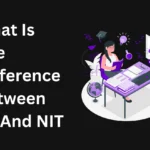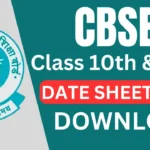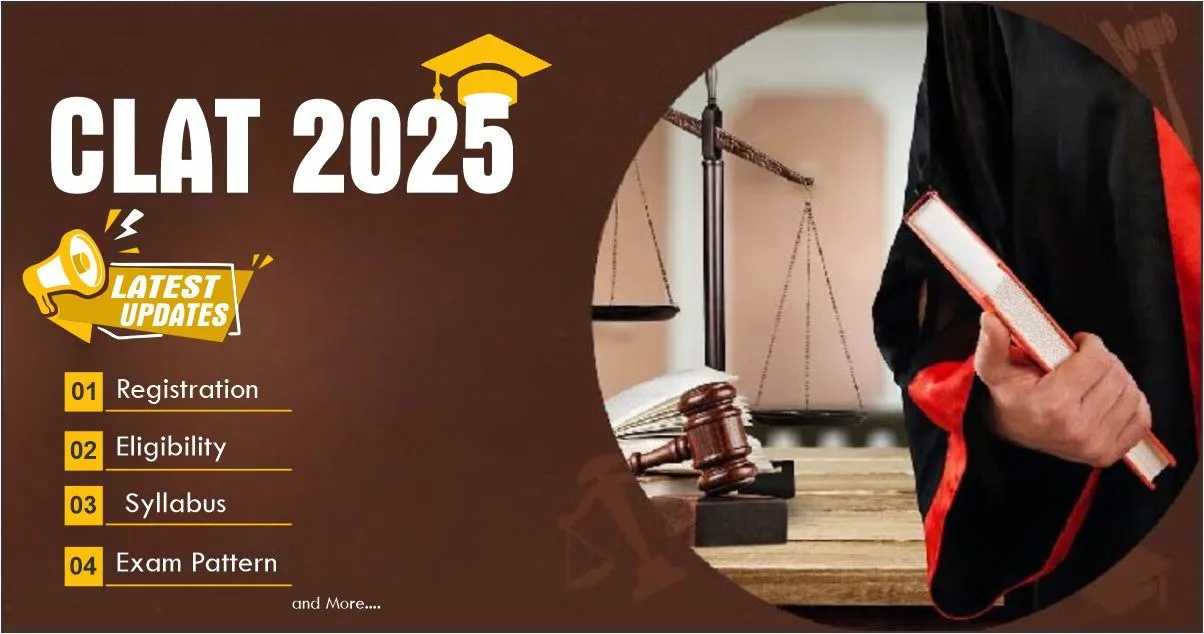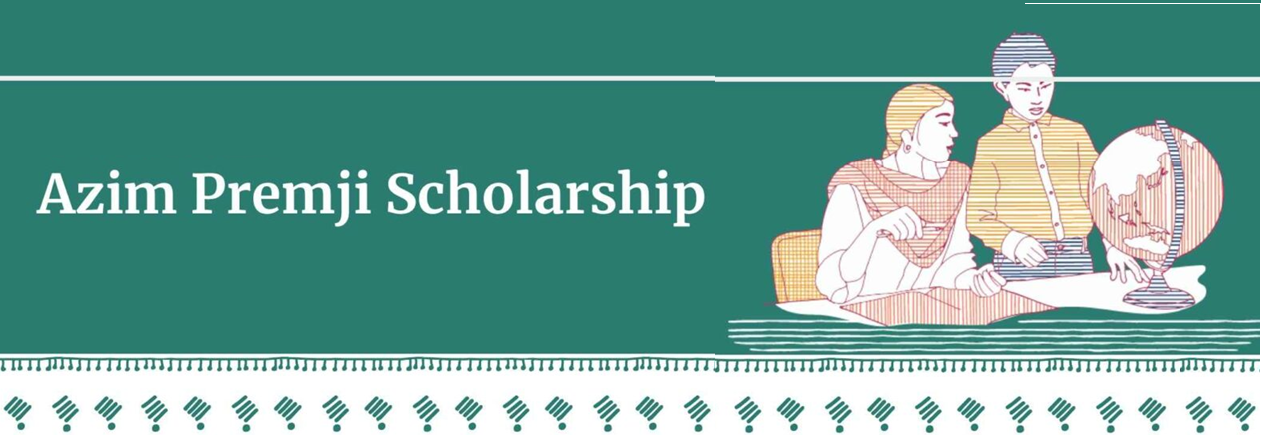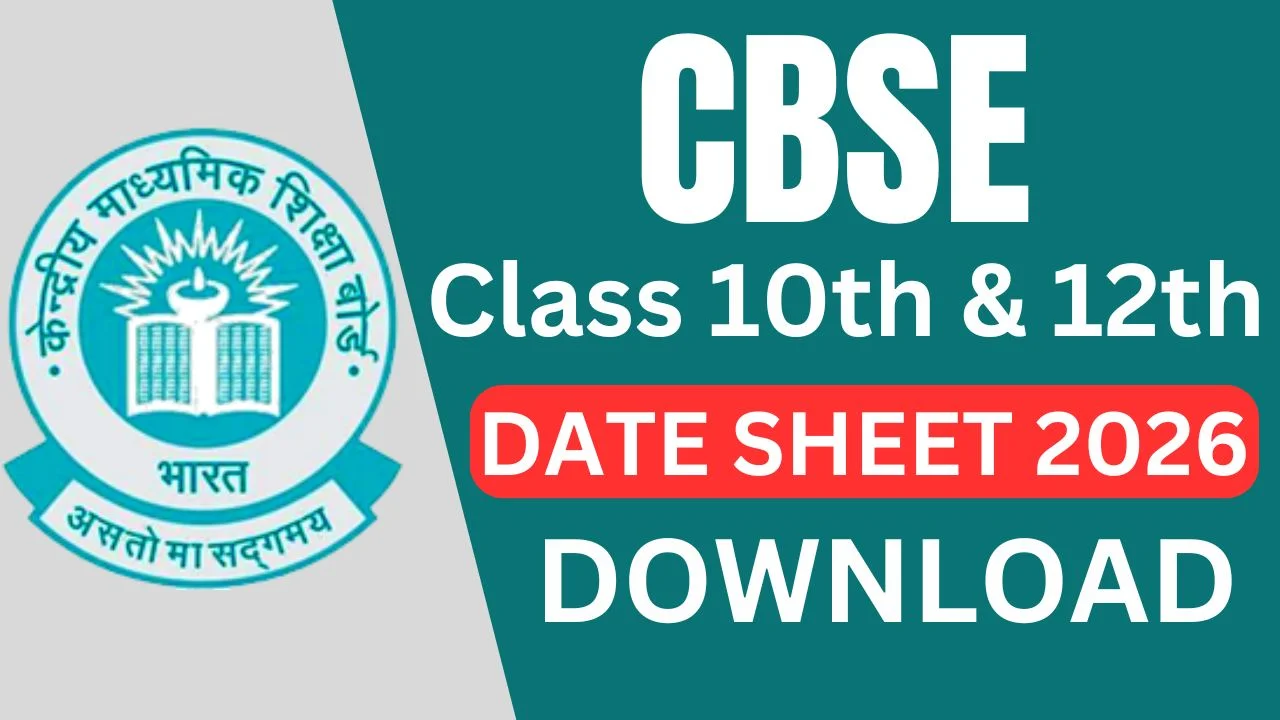Prelude
Preparation for CLAT with a well-defined strategy will make all the difference between success and failure for any law aspirant in India. Thousands of them enter the field every year, but only a few of them get a place in the National Law Universities.
It sure is the most well-honed sword among the instruments of study: the CLAT Previous Year Paper 2025. Just a reflection of the battle on the real front of the papers, exposing the very format, actual speed, and confidence. The story of how such papers could carve a path to success.
Understanding CLAT
The nationwide entrance test for law programs is the Common Law Admission Test (CLAT 2025). It will be conducted under the aegis of the Consortium of NLUs and will carry aspirants through the corridors of undergraduate and postgraduate legal programs.
- Eligibility: Class 12 pass with 45% (40% for reserved sections).
- Mode: Pen-and-paper, offline execution.
- Duration: Two hours precisely.
- Format: Approximately 120 multiple-choice queries.
Why Grapple with CLAT Previous Year Papers?
Even the best cricketer can get injured while stepping onto a cricket pitch without having practiced on the nets. Similarly, missing the previous years’ question papers during preparation for CLAT makes the preparation incomplete; it is like entering the arena itself.
- Decoding the Blueprint: Identifying regularly repeated question patterns.
- Using Time: Prepare for the complete 120-minute period.
- To Raise Accuracy: Repetition makes careless slips less likely.
- Build Nerves: Practice makes calm under pressure.
Anatomy of CLAT Previous Year Paper
The paper spans five pillars, each probing distinct intellectual muscles:
- English Language – Passages, vocabulary, and grammar intricacies.
- Current Affairs & GK – Global and national headlines, sports, and awards.
- Legal Reasoning – Application of principles to practical caselets.
- Logical Reasoning – Argument analysis, puzzles, and deductions.
- Quantitative Techniques – Percentages, ratios, averages, and graphical data.
Dissection by Section
- English Language-Mastery of understanding, vocabulary, and grammar. All that is required for victory is reading speed.
- Current Affairs & GK-Expect questions on recent developments from 12-18 months ago-politics, economy, and global dynamics.
- Legal Reasoning-There is no need to memorize laws. One would only need to logically apply laws to situational problems.
- Logical Reasoning-Checks your ability to disentangle complex reasoning.
- Quantitative Techniques-Numbers, graphs, and data interpretation. Perseverance makes chaos look easy.
Locating CLAT Previous Year Papers
The chase for these papers goes down multiple channels:
- Consortium Portal: The authentic archives from the official site.
- Coaching Hubs: Institutes release compilations freely.
- Published guides: books putting together years of solved papers.
Download Protocol:
- Visit consortiumofnlus.ac.in.
- Head to the “Previous Papers” division.
- Choose, click, and download the PDF.
The Optimal Way to Engage with CLAT Papers
The old proverb about chance and random tries not amounting to anything is true. A disciplined approach should take precedence:
- Put on a timer; do not exceed 120 minutes.
- All mistakes made at that time should be recorded for later review.
- Attempt revision again after intervals.
- Do not attempt to sneak a peek at the solutions right away.
Gains from Practicing CLAT Previous Year Paper
- Revolutionizing performance through repeated practice:
- Identifying repeated patterns and trick phrases.
- Build up endurance for two continuous hours.
- Prevent test anxiety through familiarity.
Pitfalls Aspirants Commonly Commit
Do you let yourself down by:
- Memorizing answers to questions instead of understanding the logic behind them?
- Ignoring the post-test analysis?
- Avoiding “weaker” areas like mathematics?
- Trading accuracy for speed?
Seasoned Counsel for Preparation
These tips are considered sacred among veterans of the long and arduous CLAT preparation:
- Daily mocks in the last phase.
- Weekly revisions to cement your knowledge.
- Maintain harmony between speed and accuracy.
- Keep reading newspapers for updated general information.

Trusted Resources for CLAT Papers
To enhance preparation, mix different tools.
- Books: Universal’s Guide to CLAT, Word Power Made Easy.
- Digital Apps: Quizzes and sectional mocks with instant analytics.
- Study Paths: Either self-study or coaching–consistency always reigns supreme.
Illustrative Samples from CLAT Papers
- English: Interpret from dense passages tone and meaning.
- Legal Reasoning: “A contract with a minor- valid or void?” Apply the principles, not recall.
- Quantitative: Analyze and chart out percentage changes.
Commanding the Clock
In the true sense of the word, time is the real enemy in CLAT, and one to master it.
- Each section should be allotted 20-25 minutes.
- Ditch the complex questions; return to them later.
- Use mocks for pace-checking.
- Don’t waste more than 90 seconds per question.
Crafting a Routine Around CLAT Papers
- Daily: Solve two or three comprehension passages.
- Weekly: two full-length mocks.
- Monthly: Assess weak areas.
- Pre-exam: Revise all important definitions, relevant concepts, and legal maxims.
A Cerebral Insight – Pattern Recognition
Humans live by reading rhythms. Going deep into last year’s paper of CLAT makes the brain acclimatized to common styles. Stress reduces, memory sharpens, and responses increase in speed. It’s weight lifting of the brain; each paper builds the muscle of memory.
Summation
The CLAT Previous Year Paper is no ordinary practice paper; it is a hidden ally. It unveils the structure, fine-tunes the skills, and calms the nerves. When combined with hard work and a strategic approach, these papers can turn CLAT from a Herculean task into a doable quest. Start now, and watch the battlefield turn into your playground.
FAQs
- How many papers should I solve?
At least five years in the past for wholesome preparation.
- Is the CLAT Previous Year Paper 2025 free?
Yes, it’s downloadable from the official consortium’s website.
- What is better: mock tests or previous year papers?
Both. Papers simulate the real exam while mocks provide extra practice.
- When is the best time to start solving them?
Three to four months before the exam is optimal.
- Can these papers alone bring success?
No. Put these papers into practice along with reading, revision, and notes.
Also Read: Poshan Abhiyaan 2025: India’s Stand Against Malnutrition

